This talk took place on June 20, 2017 at the Koret Auditorium at the San Francisco Public Library as part of Type@Cooper West's Letterform Lecture Series
W. A. Dwiggins and Linotype’s Chauncey Griffith developed an affectionate and productive partnership that lasted for nearly thirty years. Dwiggins first drew the sans-serif Metro (1929), intended to be Linotype's answer to Futura, Gill Sans, and Kabel; Metro faded from the scene here in the U.S. but continued to be used in U.K. newspaper into the 1970s. Spurred by his deep interest in book design, Dwiggins next produced the tour de force text types Electra (1935) and Caledonia (1939), which have been used to produce countless thousands of books up to the present day. As his next assignments Dwiggins — the virtuoso user of stencils for illustration and decoration — created an elaborate suite of decorative units called Caravan, which could be used as single glyphs or combined in myriad ways to create lines and fields of decoration. (Prior to its commercial release, this design had the working title, “Chinese Spinach”!) Returning once again to text types, Dwiggins drew Eldorado (1953) and Falcon (released postumously in 1962). Beyond his five designs for Linotype, Dwiggins also imagined four alphabets of decorated initials for the Plimpton Press (1936) which saw widespread use in the books Plimpton printed for Alfred A. Knopf; these will also be given attention in the presentation.
Book designer, photographer, and teacher Bruce Kennett lives in rural New England. After earning a B.A. in humanities and working as an architect and printer, he moved to Austria to study calligraphy and book design with Friedrich Neugebauer, and later translated Neugebauer’s The Mystic Art of Written Forms. During the 1980s, he was the managing director of Maine’s renowned Anthoensen Press, and since then has maintained his own studio with clients that have ranged from the Folger Shakespeare Library, Boston College Law School, and the Grolier Club to L.L. Bean and the Mount Washington Observatory. In the peaceful surroundings of his country studio, Bruce designs illustrated books and exhibition graphics, and makes large-scale murals of his photographs.
Bruce has collected the work of W. A. Dwiggins since 1972, and has been writing and lecturing about him since 1980. His comprehensive biography, W. A. Dwiggins: A Life in Design (Letterform Archive, 2017), captures the inspiring accomplishments and wit of this amazing artist.
-
 1
1



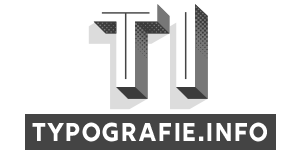
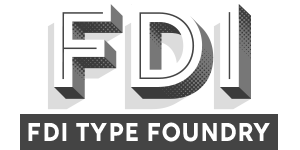

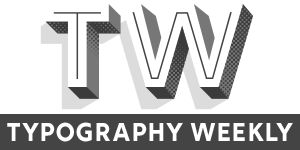
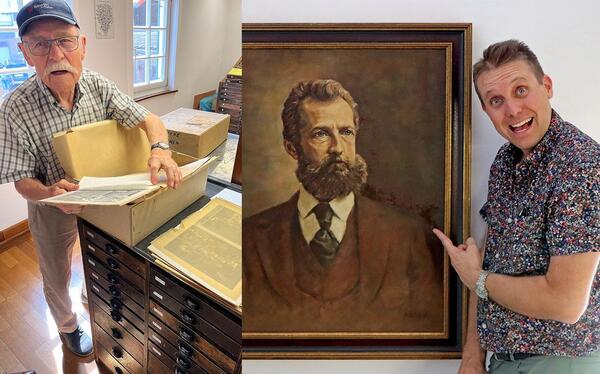
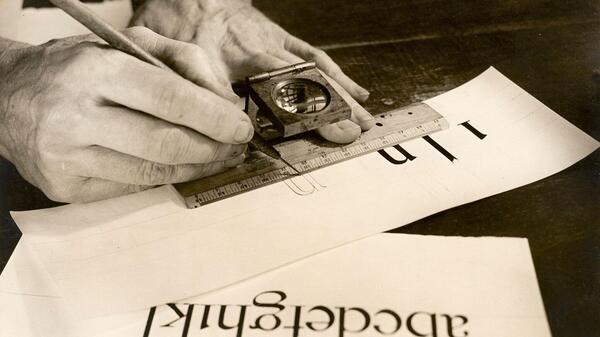





Recommended Comments
There are no comments to display.
Create an account or sign in to comment
You need to be a member in order to leave a comment
Create an account
Sign up for a new account in our community. It's easy!
Register a new accountSign in
Already have an account? Sign in here.
Sign In Now